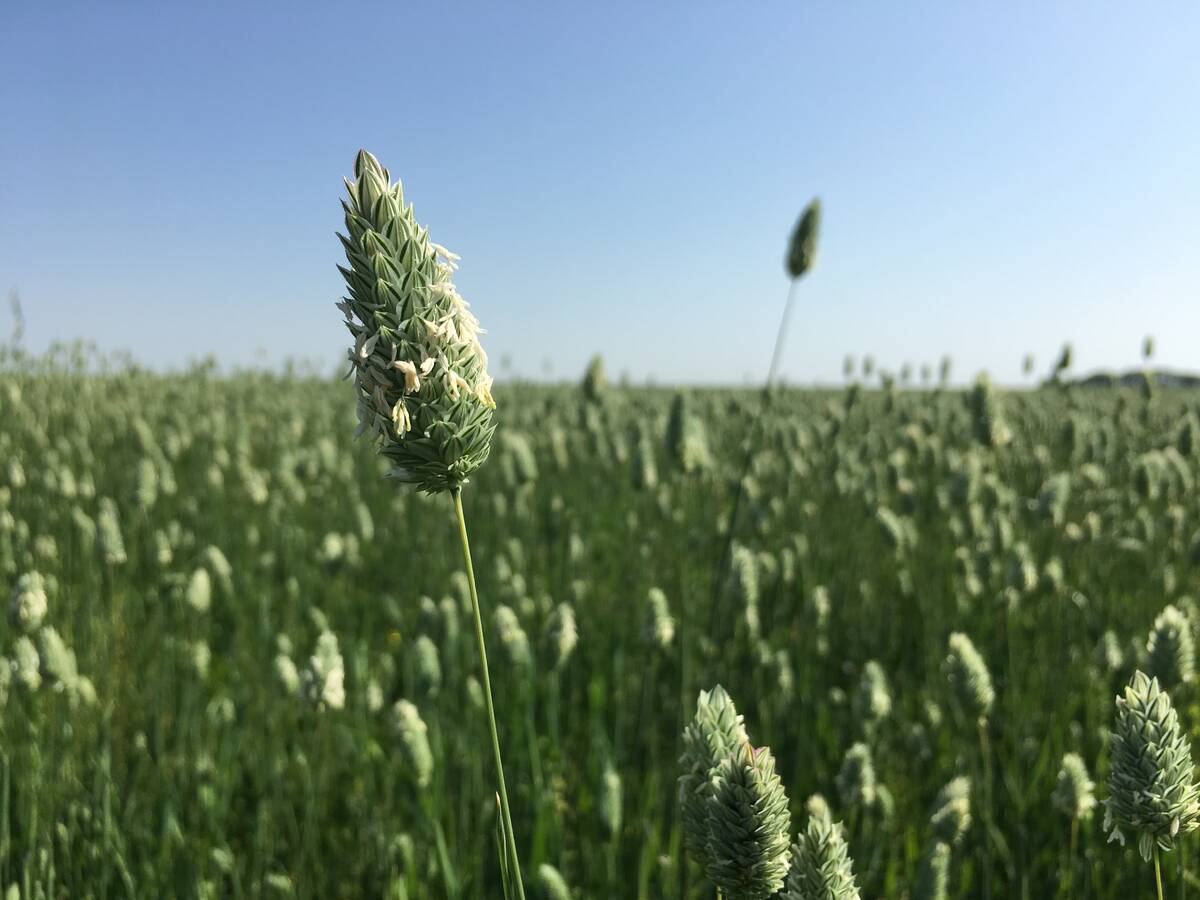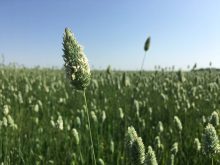It could be seen to be the calm after the storm.
Grain and oilseed prices retreated last week as the market’s mindset shifted from panic about immediate supply to prospects for a big crop this year.
While there are trouble spots in several production regions, seeding around the world is progressing mostly without dire worries. With increased seeded acreage, crops globally should be larger.
This has given a measure of calm to markets, but it is early in the season yet.
It is still dry in areas of the southern Prairies.
Read Also

No special crop fireworks expected
farmers should not expect fireworks in the special crops market due to ample supplies.
The weather has improved to allow the corn crop in the U.S. Midwest to be sown, but a lot of the acreage missed the ideal seeding date and yields might suffer if it is hot when the crop flowers.
Parts of Australia, especially Western Australia, have the best moisture in years, but worries are growing in the southeast part of the country where it has been dry for the last two months.
Most of Europe is enjoying a good early growing season. French analyst Strategie Grains forecasts total grain production in the European Union will climb 13 percent from last year. It forecast durum would rise by 21 percent. It is a little dry in parts of Germany, but there is no damage yet.
It rained enough in China’s northeast to get the soybean and corn crops in, but regular rain is needed to sustain them to harvest.
India has wrapped up what the government calls a good rabi, or winter harvest, particularly for wheat, although some traders think the numbers might have been polished to reduce criticism of the government. The monsoons, critical for the kharif, or summer crop, are expected to arrive early, which is good for the rice crop.
Ukraine’s winter seeded crop is now developing nicely and the country’s president wants the government to end its restrictions on grain exports.
The restrictions had limited exports to about two million tonnes this year, down from 10 million in 2006-07. Ukraine’s agriculture minister forecast the country might be able to export 13.5 million tonnes of grain in 2008-09.
North Africa, an important durum production and importing region, is a mixed bag with Tunisia enjoying good moisture but southern Morocco experiencing
dry conditions. The assumption for the region is that wheat production will be less than its potential but better than last year.
The Middle East is the only region with severe weather problems. Syria, Turkey, Iran, Iraq, Afghanistan and Pakistan are all suffering drought and will likely increase grain imports.
So like most years at this time, the market’s attitude, like that of farmers, is optimistic.
However, Mother Nature is rarely benign through the entire growing season and likely weather worries will develop, driving prices up again.














